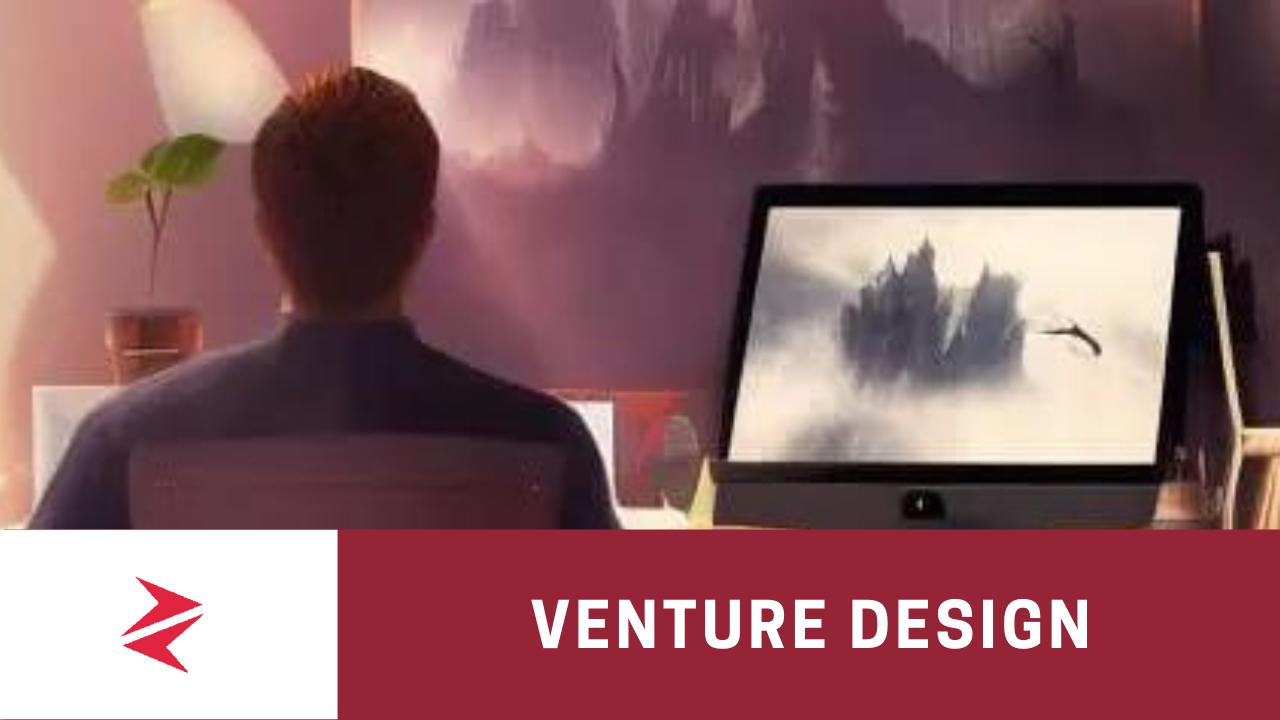If you’re an entrepreneur looking to start a venture capital firm, you’re likely aware of the ever-changing nature of competition. In a world where transient advantage has become the norm, innovation is no longer just an aspiration but a critical activity for future growth. This is where venture design comes in.
Venture design is a lean approach to human-centered design, optimized for the creation of new businesses. With frameworks like design thinking, systems thinking, and lean startup methodology, venture design helps build new, disruptive businesses rapidly and efficiently from zero to launch.
But what exactly are the principles that guide and optimize design and strategy work within the entrepreneurial context? Here are four overarching principles considered by venture capital firms:
- Grant and defend autonomy. New ventures thrive when provided the freedom and agency to continually shape their own best practices, unencumbered by organizational history, politics, or legacy systems.
- Drive continuous engagement. Emphasize deep collaboration, transparent workflows, and flat teams to gain efficiency, continuity, and capability across all contributors. Cumulatively, this enables the founder’s mindset of co-ownership and emphasis on impact.
- Prioritize progress over process. Seek and exploit opportunities to move further faster. New venture teams should jump ahead whenever possible, rather than adhering to a rigid process.
- Design the impact, not the product. Define and work toward clear business objectives, focusing on what is necessary and sufficient for success. The required impact is the constant, and how you achieve it is the variable, not the other way around.
The potential impacts of venture design are many and varied. A key objective is to reduce complexity and increase the throughput of innovation activities, helping both young and mature companies to grow profitably.
The nature of competition has changed dramatically as a result of the march of technology, accelerated globalization, and vanishing barriers to entry, moving us from a timeline sustained advantage was a realizable goal, to one where transient advantage has become our new reality. In this reality, innovation and playing to win move from being an aspiration or sideshow to being a critical activity for our future growth, equal in importance to the playing not to lose work that grows and optimizes our current business. Principles of Venture Design can leverage this reality by incorporating frameworks like design thinking, systems thinking, and lean startup methodology to design new, disruptive businesses.
Successful teams tend toward deep collaboration and transparency typically aided by simple, flat organizational structures. As a Principles of Venture Design, you worry about how to optimize design and strategy work within the entrepreneurial context. With this in mind, there are four overarching principles that you should consider. The first is to grant and defend autonomy. You know that new ventures thrive when provided the freedom and agency to continually shape their own best practices unencumbered by organizational history, politics, and legacy systems.
The second is to drive continuous engagement. As a Principles of Venture Design, you understand that emphasizing deep collaboration, transparent workflows, and flat teams can gain efficiency, continuity, and capability across all contributors. Cumulatively, this enables the founder’s mindset of co-ownership and emphasis on impact. The third is to prioritize progress over process. You should always seek and exploit opportunities to move further faster, rather than adhering to a rigid process. New venture teams should jump ahead whenever possible.
Finally, you must design the impact, not the product. Define and work toward clear business objectives, focusing on what is necessary and sufficient for success. The required impact is the constant, and how you achieve it is the variable, not the other way around. As a Principles of Venture Design, you know that the potential impacts of venture design are many and varied. In your work with Zorays Solar, you can call out what you refer to as the paradox of growth.
Venture design is a lean approach to human-centered design, optimized for the creation of new businesses—building them rapidly and efficiently from zero to launch. A key objective of venture design is to enable both young and mature companies to reduce complexity and increase the throughput of innovation activities. By incorporating the principles of venture design, you can guide and optimize design and strategy work within the entrepreneurial context. This will allow you to design new, disruptive businesses that optimize for success.
For entrepreneurs looking to start their own venture capital firm, these principles should serve as a guideline for how to operate within your team, interoperate with others, and conscientiously prioritize your efforts. Remember, rapid decision-making requires a flexible framework rather than a rigid process. So embrace the unknown unknowns of entrepreneurial innovation and start designing your own disruptive business today.
